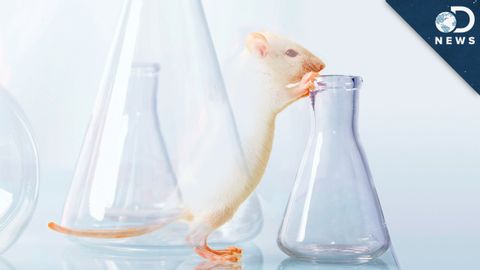
Subtitles & vocabulary
Scientists Made This Mouse Nearly Invisible!
00
Jack posted on 2016/05/25Save
Video vocabulary
light
US /laɪt/
・
UK /laɪt/
- Transitive Verb
- To cause something to burn; put a burning match to
- To provide a way to see ahead
- Adjective
- Being bright making it easy to see; not dark
- Being pale and lacking darkness of color
A1
More science
US /ˈsaɪəns/
・
UK /'saɪəns/
- Uncountable Noun
- Study of the physical world, based on facts
A2TOEIC
More tissue
US /ˈtɪʃu/
・
UK /ˈtɪʃu:/
- Noun (Countable/Uncountable)
- Substance formed by cells of living thing; flesh
- Kind of thin, light paper used to pack objects
A2
More energy
US /ˈɛnədʒi/
・
UK /'enədʒɪ/
- Noun (Countable/Uncountable)
- Physical or mental strength
- Enthusiasm and determination.
A2
More Use Energy
Unlock All Vocabulary
Unlock pronunciation, explanations, and filters
